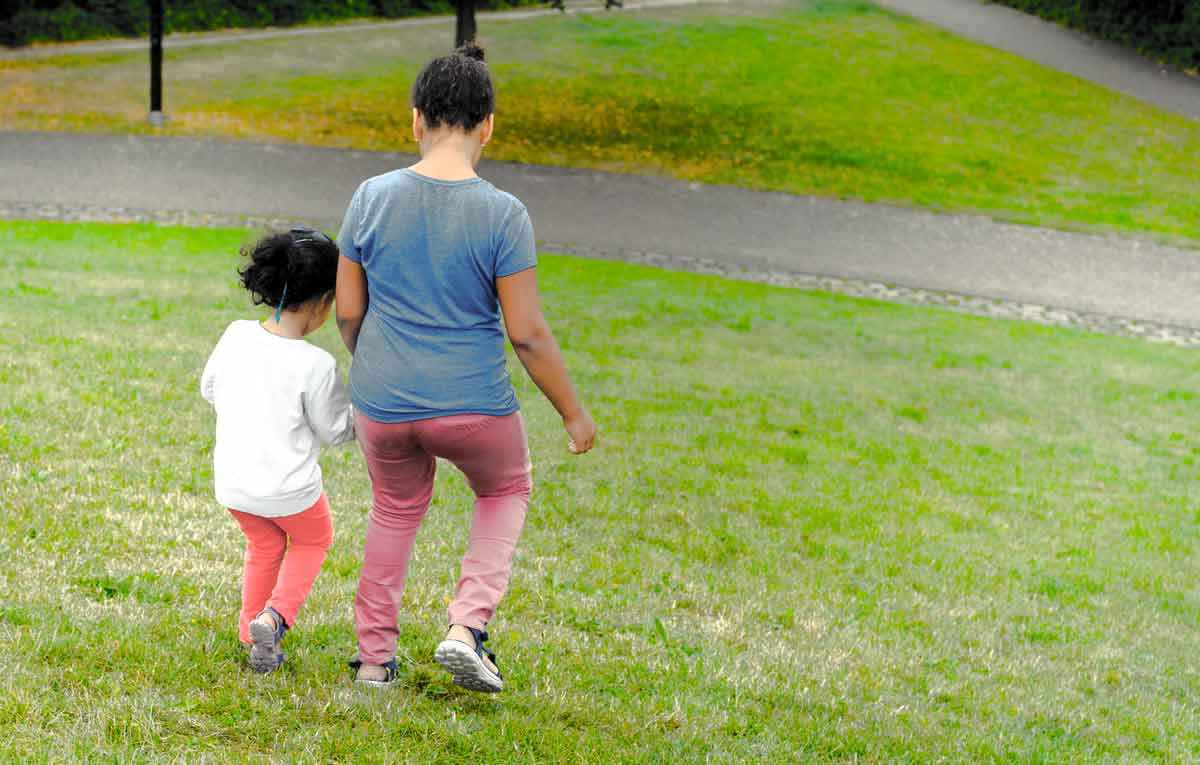Depression in Children of Immigrants
It can be difficult being the child of an immigrant parent. Often times, especially if one comes from an environment that does not engage in western ideologies, the two cultures are like two different planets. The two cultures often have dissimilar social values, rituals, and languages. The parents are dealing with learning the ins and outs while also trying to uphold their native standards.
The children have a different set of stressors. For example, at home they have one set of rules but at school and with their peer group the rules can be very different. While in many American homes it has become somewhat acceptable to speak with others regarding mental health challenges, in many immigrant homes the topic is taboo and parents miss the signs of distress in their children. Research has shown that many Non-European children with one or more immigrant parents from a Latino country or an Asian country have significantly higher depressive symptoms than individuals with non-immigrant parents. Before we dive into the typical symptoms of depression in children and adolescents, we need to address why symptoms are missed in the first place.
First there may be a sense of immigrant guilt. To many parents, the mental health struggles that one’s child may be encountering pales in comparison to what they endured upon their migration. Parents have often left everything of value, particularly in terms of family and social support. They may have also sacrificed their own happiness, dreams, and hopes with the thought that their children can have a better life than they did. Children may in turn feel as if they have no right to be unhappy when their parents have made such a grand sacrifice. Even when feelings of distress are brought up, parents may unintentionally compare their own struggles to that of their children which can potentially cause even more distress and guilt in the children. Because of these reasons, children may not speak up about their problems and pain. In addition, many immigrant parents may not believe in having mental health challenges and may either tell the child to pray it out or that the child is under a spiritual attack. For the child, this leads to internalization of guilt and shame or externalization of their frustration and fears.
While most generations differ in how they perceive the world and their surroundings, children of immigrants may not truly fit into either of these worlds. Studies regarding children of immigrants indicate they follow one of three types of acculturation. The first, consonant acculturation occurs when the children and parents learn to adapt to the new country at the same pace—they learn English at the same rate, learn to celebrate the holidays and join the wider community as a team. This is not frequent but does occur. These children are most likely to achieve upward mobility with the support of their parents. Dissonant acculturation occurs when the children assimilate far faster than their parents. Portes and Rumbaut (2001) suggest this process sensitizes children to racial discrimination and alienation from their family of origin. They put more value on their peer group and are without strong parental authority or community support. The third process, selective acculturation, helps children to assimilate but also to retain a bicultural identity. This occurs when parents and children retain ties to their ethnic community and have an identity that embraces the land of origin. Both children and parents assimilate to the aspects of American life that are important to them but it is balanced and they refuse to assimilate on dimensions that threaten their origin values. This group is characterized by “preservation of parental authority, little or no intergenerational conflict, and fluent bilingualism among children” (Portes and Rumbaut 2001:52). Portes and his collaborators state selective acculturation is especially important for groups facing discrimination.
With depression, one may experience a persistent feeling of sadness, changes in sleeping and eating habits, loss of interest, and feeling of guilt and hopelessness. There are many forms of depression and while the symptoms are the same, they differ in regard to time and intensity. It is important to note that children often lack the emotional vocabulary to say that they are feeling sad or depressed but rather display more overt behaviors and can appear irritable and exhibit an inability to feel pleasure. Sleeping problems, eating problems, peer problems, and academic problems are all cause for a parent to seek help. Sometimes, it may help immigrant parents to understand that there is help if their child has any of the four functioning problems and not stress the underlying depression and anxiety. All parents want their children to thrive. Many immigrant parents judge thriving based on external behavioral indicators. This could be a strength not a weakness in terms of detection.
You can search for a psychologist to help with depression or mood issues, and you can filter your results by language spoken and location.
References
Aluh, D. O., Anyachebelu, O. C., Anosike, C., & Anizoba, E. L. (2018). Mental health literacy: What do Nigerian adolescents know about depression? International Journal of Mental Health Systems, 12(1). doi:10.1186/s13033-018-0186-2
Ceri, V., Özlü-Erkilic, Z., Özer, Ü, Kadak, T., Winkler, D., Dogangün, B., & Akkaya-Kalayci, T. (2017). Mental health problems of second generation children and adolescents with migration background. International Journal of Psychiatry in Clinical Practice, 21(2), 142-147. doi:10.1080/13651501.2017.1291820
Ezeobele, I. E., Ekwemalor, C. C., & Ogunbor, A. (2018). Depression and Perspectives of Nigerian Immigrant Men in the United States: An Applied Ethnographic Study. Journal of Transcultural Nursing, 30(1), 39-46. doi:10.1177/1043659618781707
Portes, A., & Rumbaut, R. G. (2001). Legacies: The story of the immigrant second generation. Berkeley, CA: University of California Press.
Salas-Wright, C. P., Kagotho, N., & Vaughn, M. G. (2014). Mood, anxiety, and personality disorders among first and second-generation immigrants to the United States. Psychiatry Research, 220(3), 1028-1036. doi:10.1016/j.psychres.2014.08.045

